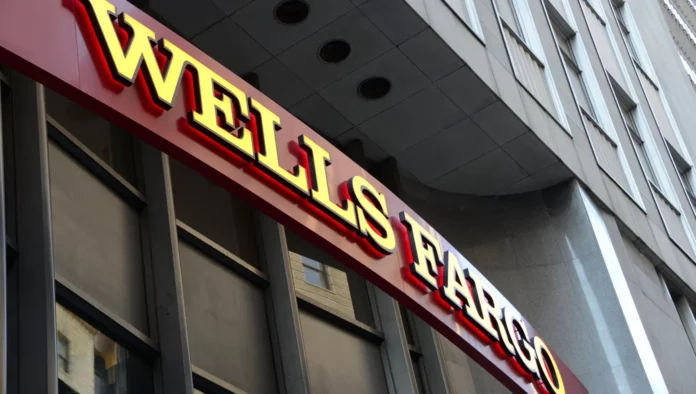In a seismic move marking the end of one of the most high-profile financial penalties in recent memory, the Federal Reserve has lifted its $2 trillion asset cap on Wells Fargo & Co., ending a six-year freeze tied to the bank’s infamous fake accounts scandal.
The central bank’s decision came Tuesday after determining that Wells Fargo had fulfilled key regulatory mandates, including overhauling its governance and risk management protocols and completing an independent, third-party review. The vote to lift the cap was unanimous among the Fed’s Board of Governors.
Scandal to Strategy: Wells Fargo’s Long Climb Out
The cap, imposed in 2018, effectively placed a financial ceiling on the San Francisco-based bank, barring it from expanding its balance sheet. It was a rare and aggressive move by the Fed, akin to grounding a Boeing fleet after a safety disaster. The action followed revelations that Wells Fargo employees had opened millions of unauthorized accounts to meet aggressive internal sales quotas — a scandal that cost the bank billions in fines, settlements, and reputational damage.
Now, the Fed says the firm has made “substantial progress” toward reform. “This represents successful remediation to the required standard based on focused management leadership, strong board oversight, and strict supervision holding the firm accountable,” said Michael Barr, vice chair for supervision at the Fed.
Still, Barr emphasized that continued diligence is critical: “All three will need to continue for the firm to have a sustainable approach.”



